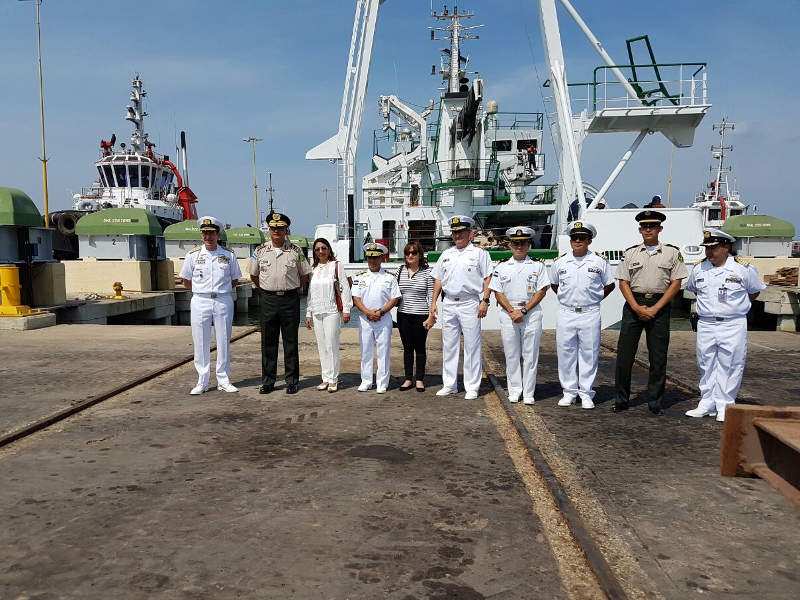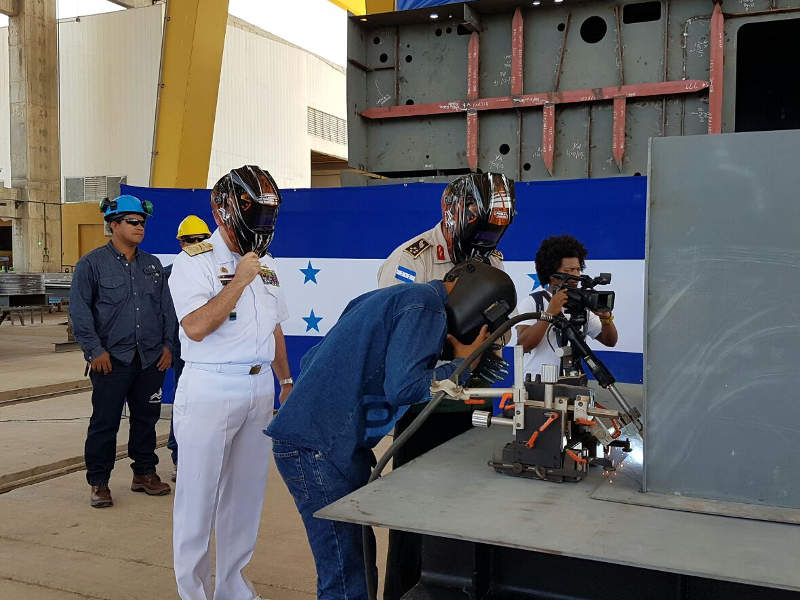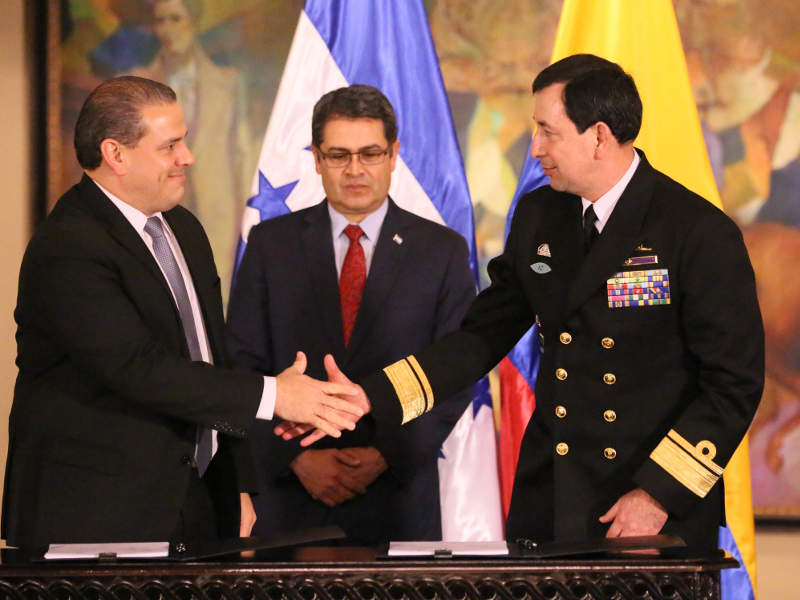The Armed Forces of Honduras acquired a logistics support and cargo vessel, named Buque de Apoyo Logístico y Cabotaje (BAL-C), from Colombia in order to improve the country’s maritime security capabilities in La Mosquitia and other remote areas.
The vessel is designed and being built by Colombia-based Science and Technology Corporation for Naval, Maritime and Riverine Industry Development (COTECMAR) for use by the Honduran Naval Force.
Primary missions of the vessel include maritime patrol, intelligence gathering, port security, combating drug trafficking, and transportation of troops, ammunition, cargo, containers, forklifts and trucks.
The vessel can also be used to provide humanitarian assistance and logistics support in response to disaster relief operations.
Acquisition of BAL-C vessel
The Government of Honduras signed a cooperation agreement with the Ministry of National Defence of Colombia and COTECMAR for the development of a logistics support ship in April 2016.
As part of the agreement, the Government of Honduras, through the Ministry of Defense of Honduras, awarded a contract worth $13.5m to COTECMAR to design and build the vessel in November 2016.
Construction on the ship commenced in February at COTECMAR’s shipyard in Cartagena de Indias, Colombia.
The ship is expected to be delivered to the Honduran Armed Forces in November 2018.
BAL-C vessel design and features
The Honduran logistics support vessel’s design is based on the Colombian Navy’s BDA MKII amphibious landing ship. It will be 49m long and 11.1m wide, with a depth of 3.1m and draught of 1.5m.
With a displacement of 574.6t, the vessel can accommodate a total of 51 personnel on board, including three officers, 12 non-commissioned officers and 36 marine personnel.
The vessel will be operated from the bridge section located on top of the main deck at the forward potion. The bridge is designed to provide operators with an enhanced view through square-shaped windows.
Cargo capacities of BAL-C
The vessel will be capable of carrying 75.8m³ of diesel fuel and 55m³ of fresh water. The cargo deck can hold up to 210t of cargo and equipment, including trucks, fuel, food, water and dump trucks.
The main deck will be equipped with a hydraulic crane to lift loads weighing up to 8t with a long reach out to 10m. With a load displacement of 120t, the main deck can house up to ten containers, including two refrigerated ones.
Additionally, the vessel will be installed with a desalination plant capable of producing 2,000gal of fresh water a day.
A large ramp will be provided at the stern to load or unload cargo.
Honduran communication systems
The Honduran logistics support and cargo vessel will be integrated with modern navigation and communication equipment essential to perform maritime security and disaster relief operations. The equipment includes marine radar, antennas and searchlights.
Maritime telecommunications systems on board the vessel allow the crew to communicate with other ships and military bases.
Propulsion system of the Honduran vessel
Two units of inline-six, four-stroke-cycle, turbocharged-after cooled Caterpillar C18 Acert diesel engines will be installed to serve as the main propulsion system of the Honduran logistics vessel. Each engine develops an output power of 412kW at 2,100rpm.
The vessel’s propulsion system will also include two CAT C4.4 diesel marine generator sets, each developing maximum power of 99kW (123KVA, 60Hz) at a maximum speed of 1,800rpm.
The ship will also be provided with FRIZONIA HVAC (heating, ventilation and air-conditioning) system and refrigerated stores.
Performance of logistics support vessel
The logistics support vessel will have a maximum speed of 9k. It can travel to a distance of up to 1,500nm when sailing at full speed and up to 2,500nm at 6k.
The ship will be capable of staying afloat for approximately 40 days with 15 personnel on board, and for 20 days with a crew of 51 members.






